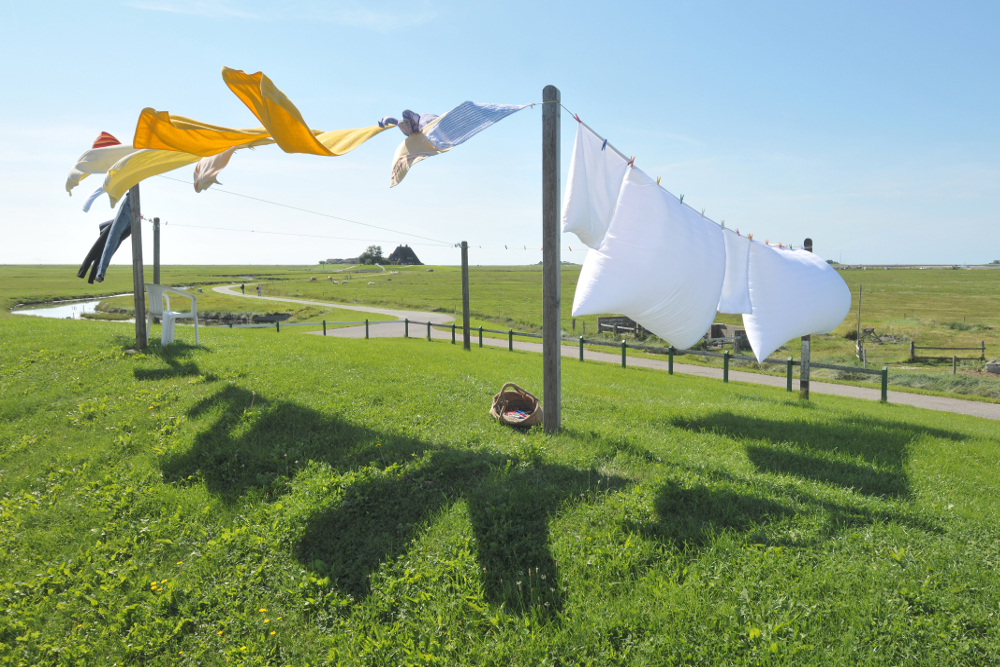
Your Laundry Is Worse for the Environment Than You Think
For years, scientists and environmentalists have wondered — and worried — if the simple act of washing our clothes might be triggering the release of microscopic plastic particles. A new Plymouth University study, now published in Marine Pollution Bulletin, shows that this is very much the case.
For years, scientists and environmentalists have wondered — and worried — if the simple act of washing our clothes might be triggering the release of microscopic plastic particles. A new Plymouth University study, now published in Marine Pollution Bulletin, shows that this is very much the case.
The new research shows that over 700,000 microscopic fibres are flushed down the washing machine’s drain each time we run a load in a conventional washer. These particles are tiny enough to pass through sewage treatment plants and leech their way into the environment, where they pose a threat to fragile ecosystems.
Microplastics are bad news once they enter into the environment. Measuring as small as 0.355 millimetres in size, these tiny bits of plastic cause all sorts of problems for marine organisms. Plastics absorb toxins — like PCBs, pesticides and motor oil — like a sponge, poisoning the food chain. Easily ingested, they start to build up in an animal’s digestive tract, hindering its ability to absorb energy from foods. Earlier this year, European researchers discovered that young fish get hooked on plastic microbeads (the kind you find in exfoliants), stunting their growth and making them more vulnerable to predators.
Researchers have suspected that synthetic textiles release microscopic fibres during the wash, but no definitive proof has existed. To see if this is in fact the case, PhD student Imogen Napper, with the help of Plymouth University professor Richard Thompson, looked at the mass, quantity and size of fibres that leech into the wastewater after synthetic fabrics are washed at standard temperatures.
For the study, the researchers washed various fabrics at 30 and 40C using various combinations of detergent and fabric softeners. The researchers sent the different batches of wastewater to the lab for analysis where a scanning electron microscope was used to determine the size, mass and quantity of the plastic particles.
The researchers found that washing 6kg of polyester-cotton blend fabrics released (on average) nearly 138,000 individual strands of microscopic fibres. A similarly sized load of polyester produced 496,000 fibres. But it was acrylic that yielded the greatest number of fibres, spewing out a whopping 729,000 individual particles. The polyester-cotton blend shed the least amount of fibres on average, but the addition of bio-detergents or conditioners caused more plastic particles to be released.
